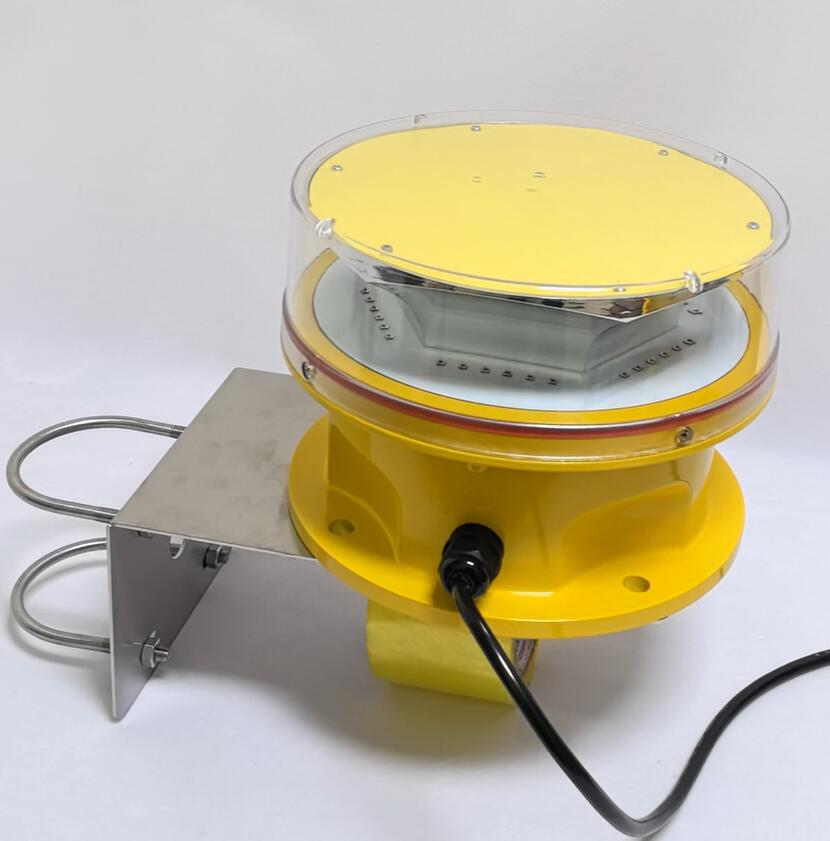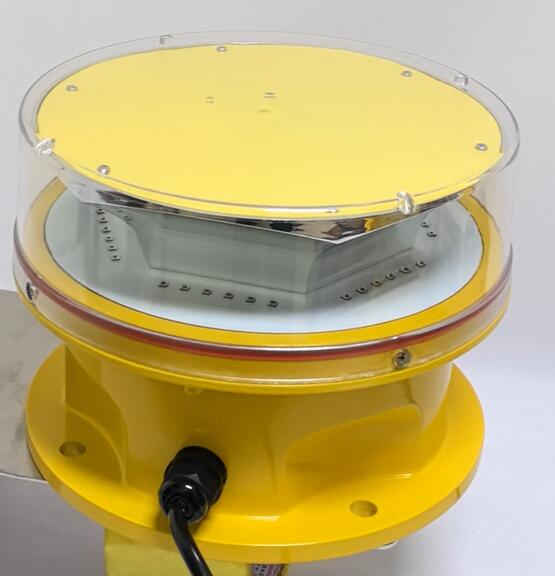Posted: 2024-08-17
Aviation warning lights are an essential aspect of modern aviation, playing a crucial role in ensuring the safety and smooth operation of flights.
These lights serve as a visual communication tool, providing critical information to pilots and ground personnel. They are designed to be highly visible and distinct, allowing for quick identification and understanding.

One of the main functions of aviation warning lights is to mark the presence and location of aircraft, especially in low-visibility conditions. For instance, during night flights or in foggy weather, these lights act as a guiding beacon, enabling other aircraft to spot and avoid potential collisions.
| TY | SB |
| TB | CB |
Aviation warning lights are not only installed on the aircraft themselves but also on various ground structures and obstacles. Tall buildings near airports, communication towers, and even wind turbines need to be equipped with these lights to prevent any dangerous encounters with aircraft.

The design and characteristics of aviation warning lights are carefully engineered to meet strict standards and regulations. The intensity, color, and flashing pattern of the lights are all determined based on specific requirements to ensure maximum visibility and effectiveness.
Red is a commonly used color for aviation warning lights as it is highly noticeable and distinct. The flashing frequency and duration are also precisely calibrated to catch the attention of observers without causing confusion or distraction.
Take, for example, the strobe lights on an aircraft's wingtips. These bright, rapid flashes are highly visible from a distance and help other pilots determine the orientation and movement of the aircraft.
The importance of properly functioning aviation warning lights cannot be overemphasized. Regular maintenance and inspections are carried out to ensure that these lights are in optimal condition. Any malfunction or failure of the lights could have serious consequences, potentially leading to disastrous accidents.
In recent years, advancements in technology have led to improvements in aviation warning light systems. LED-based lights have become more prevalent due to their energy efficiency, durability, and enhanced visibility.
However, along with these technological advancements come new challenges. The increased use of electronic equipment and electromagnetic interference can sometimes affect the performance of aviation warning lights. This requires continuous research and development to address such issues and ensure the reliability of these safety-critical systems.
Aviation warning lights are a vital component of aviation safety. Their role in preventing accidents and maintaining the integrity of airspace cannot be ignored. As the aviation industry continues to grow and evolve, the importance of these lights will only increase, and efforts to improve and maintain their effectiveness will remain a top priority.
The future of aviation depends on the continued development and seamless operation of systems like aviation warning lights, which help keep our skies safe for all who travel through them.